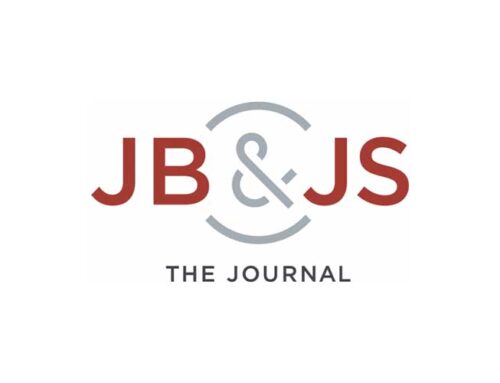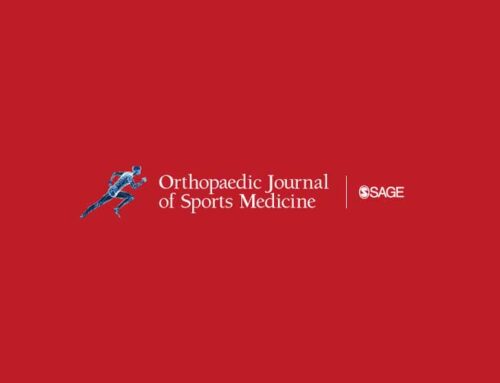BACKGROUND:
Patient postoperative pain is being increasingly reported in the field of hip preservation surgery. The visual analog scale (VAS) for pain is one of the most commonly utilized measures for perioperative pain assessment. Currently, there is limited understanding of clinically significant improvement in VAS pain.
PURPOSE:
(1) To define the substantial clinical benefit (SCB), patient acceptable symptomatic state (PASS), and minimal clinically important difference (MCID) for the VAS pain score in patients undergoing hip arthroscopy for femoroacetabular impingement syndrome after 2 years from surgery and (2) to identify preoperative predictors of achieving each outcome endpoint.
STUDY DESIGN:
Case series; Level of evidence, 4.
METHODS:
Data from consecutive patients who underwent primary hip arthroscopy between November 2014 and March 2017 were collected and analyzed. Baseline data and postoperative patient-reported outcome scores were recorded at 2 years postoperatively. To quantify clinical significance of outcome achievement for the VAS pain score, the MCID, PASS, and SCB were calculated.
RESULTS:
A total of 976 patients were included in the final analysis. The VAS pain score threshold for achieving the MCID was defined as a decrease of 14.8; the PASS was defined as achieving a 2-year postoperative score of 21.6 points; and the SCB was defined as a decrease of 25.5 or a score of 15.4 points at 2 years. The rates of achieving the MCID, PASS, and SCB were 97.6%, 66.4%, and 71.2%, respectively. Regression analysis demonstrated that sports involvement, low body mass index, smaller preoperative alpha angle, and absence of articular damage and chondromalacia were predictive of achieving the PASS (all P < .05). Preoperative predictors for achieving the SCB included being male, no smoking history, smaller alpha angle, higher modified Harris Hip Score, and lower VAS pain score (all P < .05).
CONCLUSION:
This study identified scores for VAS pain that can be used to define clinically significant outcome after arthroscopic treatment of femoroacetabular impingement syndrome. Specifically, a decrease in pain score of 14.8 was a clinically important improvement in VAS pain, while an absolute score <15.4 or a change of 25.5 represented the upper threshold of VAS pain improvement. Additionally, there were both modifiable and nonmodifiable factors that predicted achieving clinically significant levels of postoperative pain improvement.









